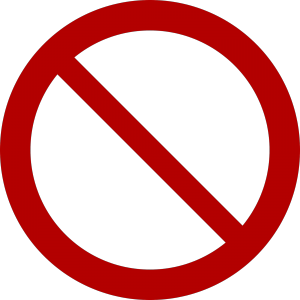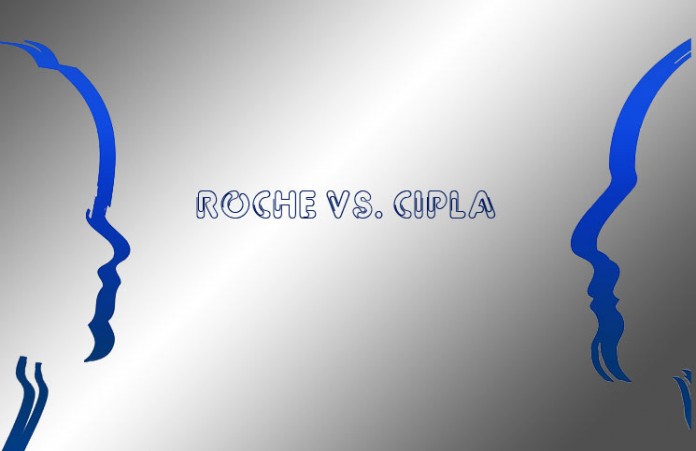In this blog post, Amala Haldar, a student pursuing a Diploma in Entrepreneurship Administration and Business Laws by NUJS, provides a detailed view on the Roche Vs. Cipla dispute.
Over the years the country has seen many patent disputes between Foreign Multinational Pharmaceutical companies and Indian generic drug companies. But the suit between Roche and Cipla has surely set the standards when it comes to a patent infringement suit. This article presents a detailed note on the patent infringement dispute and focuses on the key takeaways of the landmark judgment, which can serve as a roadmap for further such suits.
Parties To The Suit
The landmark case took place between Roche which is a Swiss multinational health-care company that has its operations all throughout the world and Cipla which is an Indian Multinational Pharmaceutical and Biotechnology Company.
Facts Of The Case
- The dispute arose in Delhi High Court over Roche’s drug ‘Erlotinib’ that was sold by Roche as TARCEVA.
- Both Roche and Cipla are based on the compound that goes by the name Erlotinib Hydrochloride.

- In February 2007, Roche after claiming that it had been granted a patent for ‘Erlotinib’ started selling the drug under the brand name TARCEVA.
- In January 2008, it was reported that Cipla is planning to launch a generic version of ‘Erlotinib.’ This made Roche initiate infringement proceedings against Cipla.
- Roche claimed that Cipla had infringed Patent in 774 also known as ‘Erlotinib Hydrochloride’ which is licensed to Roche.
- Roche lost the above suit as the Honorable court felt that stopping Cipla’s manufacture would be against public interest and so the balance of convenience was in Cipla’s favor.
- On appeal, the Division Bench upheld the decision but focused more on the failure of Roche to establish a prima facie case of infringement.
- The SLP filed by Roche against the decision was declined as well.
- The parties then returned to the single judge to the trial on main relief; the judge delivered judgment and Roche could not sufficiently prove that Cipla’s manufacture of Erlocip infringed its patent IN774.
- The case was then taken to the Division Bench where the case went in favor of Roche.
Why Did It Go In Favor Of Roche?
Roche from the very beginning of the suit claimed that Erlocip is Erlotinib Hydrochloride, but the claim for a patent made by Cipla was Polymorph B of the compound Erlotinib Hydrochloride. On this, the Judge held that-
“Any process involved in making Polymorph B of Erlotinib Hydrochloride would involve the  preparation of Erlotinib Hydrochloride itself; in fact, a perusal of US ‘221 reveals that it is clearly stated that Erlotinib Hydrochloride in Polymorph B form results from re-crystallization of Erlotinib Hydrochloride using different solvents and temperature conditions. Hence if the suit were found to disclose Erlotinib Hydrochloride, any polymorphic version of the same would infringe the suit patent as Erlotinib Hydrochloride itself would be underlying every such polymorphic version.
preparation of Erlotinib Hydrochloride itself; in fact, a perusal of US ‘221 reveals that it is clearly stated that Erlotinib Hydrochloride in Polymorph B form results from re-crystallization of Erlotinib Hydrochloride using different solvents and temperature conditions. Hence if the suit were found to disclose Erlotinib Hydrochloride, any polymorphic version of the same would infringe the suit patent as Erlotinib Hydrochloride itself would be underlying every such polymorphic version.
The patent IN 774 stated that “this compound may exist in several polymorphic forms, but any and all such forms will be subsumed within its patent. Therefore Cipla’s Erlocip being a polymorphic form of Erlotinib Hydrochloride it will most certainly infringe IN 774 of Roche.” With this, the case went in favor of Roche.
Test For Infringement
The judgment laid down detailed steps and guidelines that should be followed in every infringement of patent suit. They are as follows:
- Firstly, infringement is not proved by positive evidence which includes the medical and clinical evaluation of a product by the defendant company.
- Secondly, an infringement examination does not compare an allegedly infringing product with the marketed product, but the comparison is made with the claims of the patent itself.
- Thirdly, it was said that the correct test, in this case, is to map Cipla product against Roche’s Patent claims.
So finally a 16 step test for constructing claims of a patent for the purpose of determining its scope and find out whether there has been any infringement was laid down. This can be treated as a standard and ideal for any patent infringement suit.
The Judgement
The judgment finally went in favor of Roche. The guidelines applicable to many crucial aspects of a patent infringement were clearly laid down in the Judgement. Cipla was made liable to render accounts concerning manufacture and sale of Erlocip and decreed costs in favor of Roche of Rs. 5, 00, 000. The Court did not, however, grant a permanent injunction on manufactured by Cipla.
Conclusion
The Roche and Cipla Judgement surely laid down detailed guidelines in the field of patent infringement, but the mindless following of standards is surely something which cannot be done in the case of patents. Thus keeping the map in mind every judgment has to reach its DESTINATION following its road.
References:
- http://www.slideshare.net/AniketVaidya5/roche-vs-cipla-patent-case-study
- http://lobis.nic.in/ddir/dhc/PNJ/judgement/27-11-2015/PNJ27112015RFAOS922012.pdf











